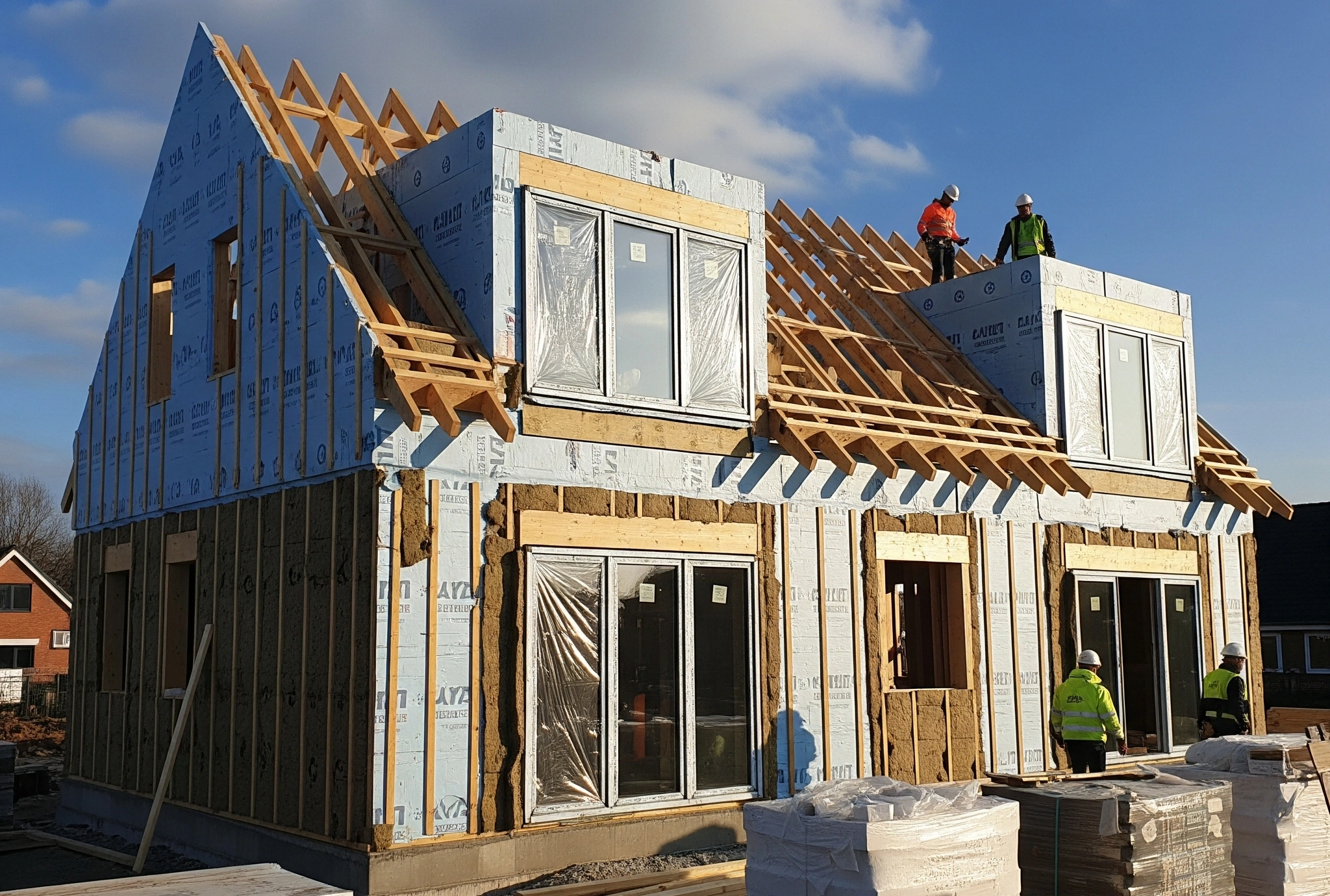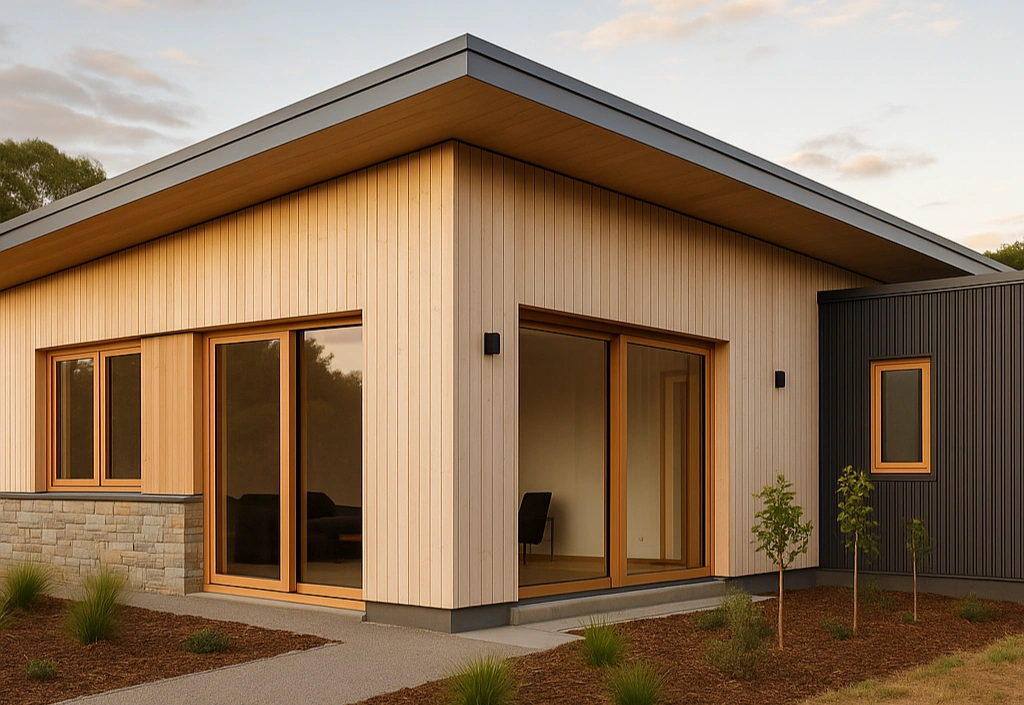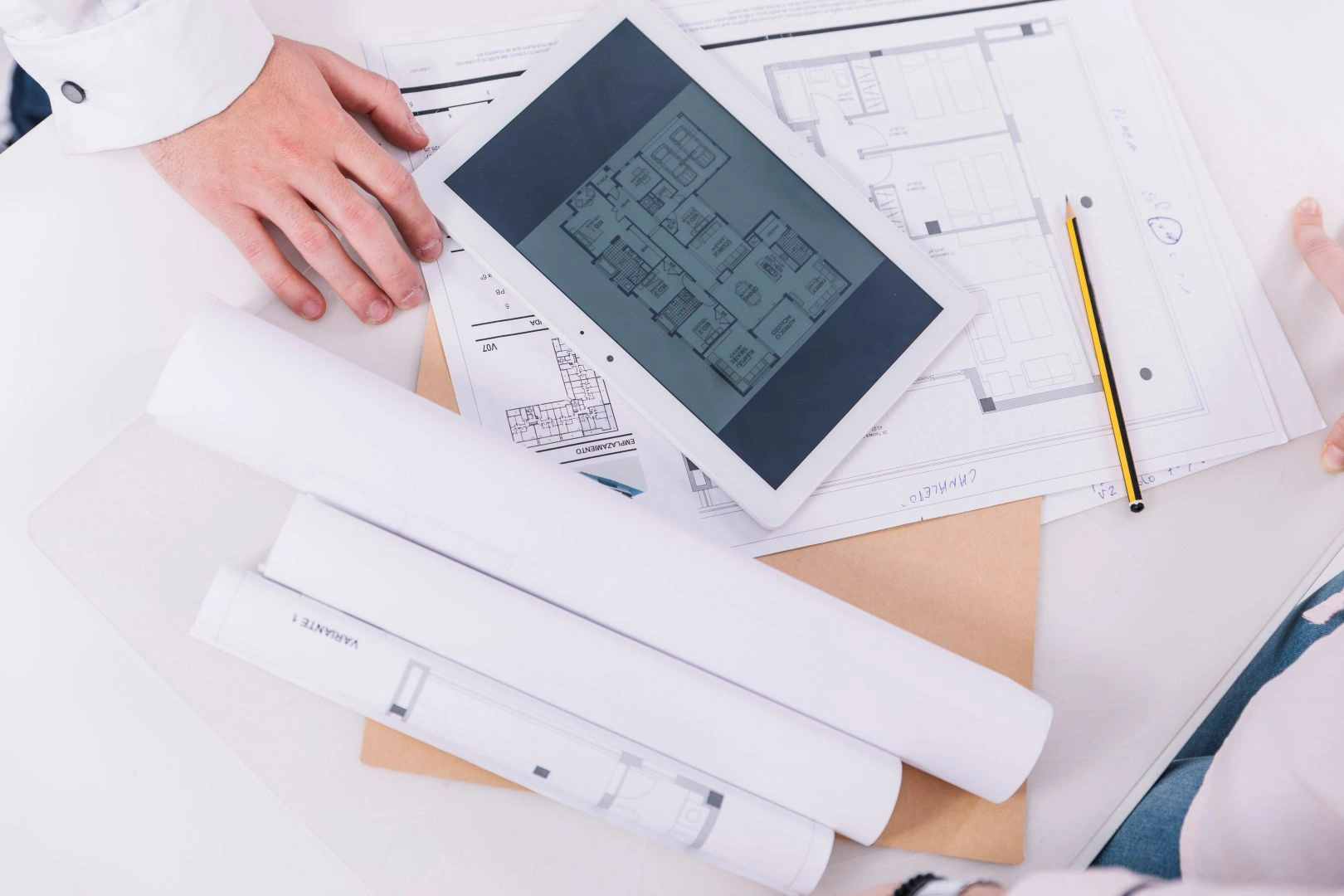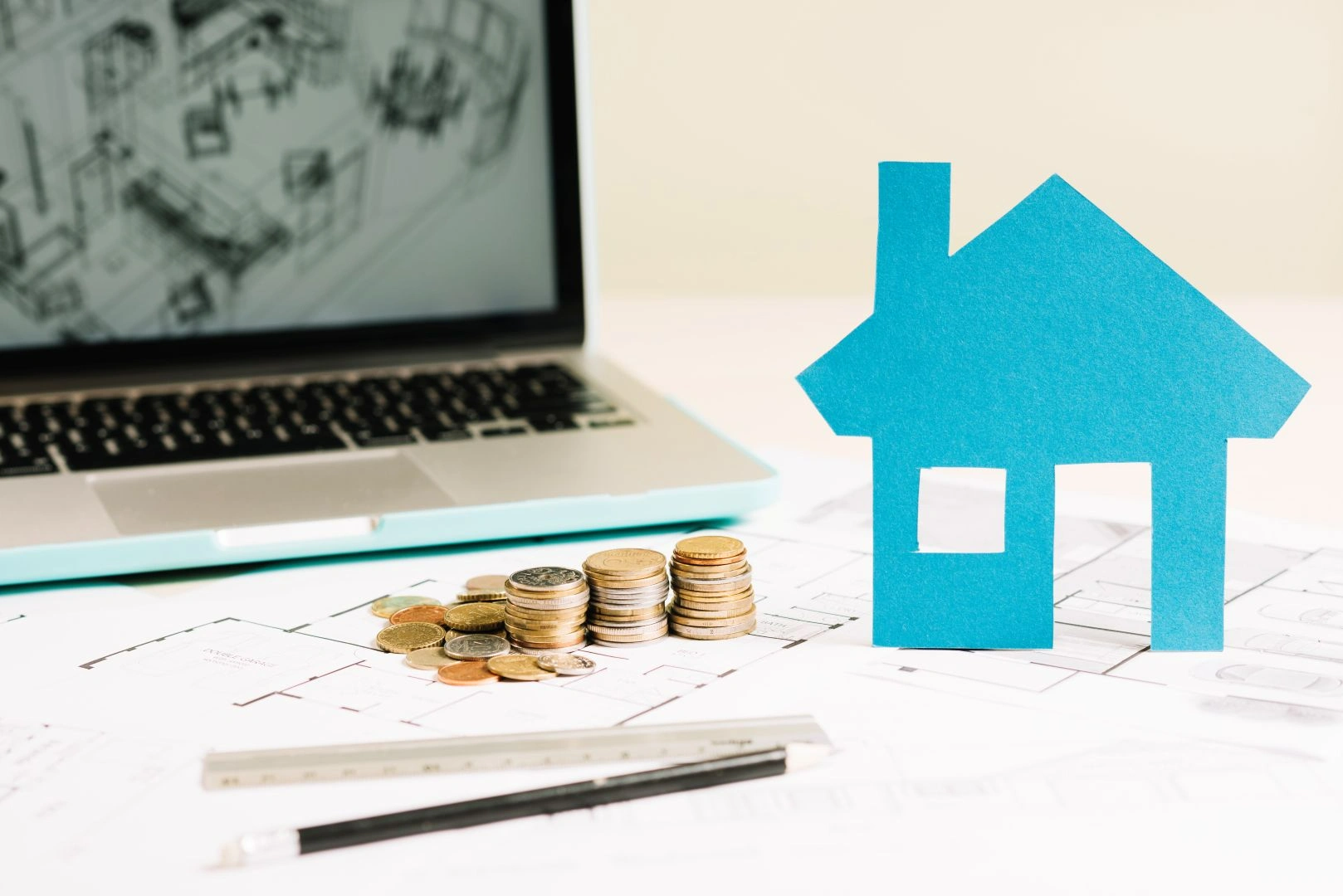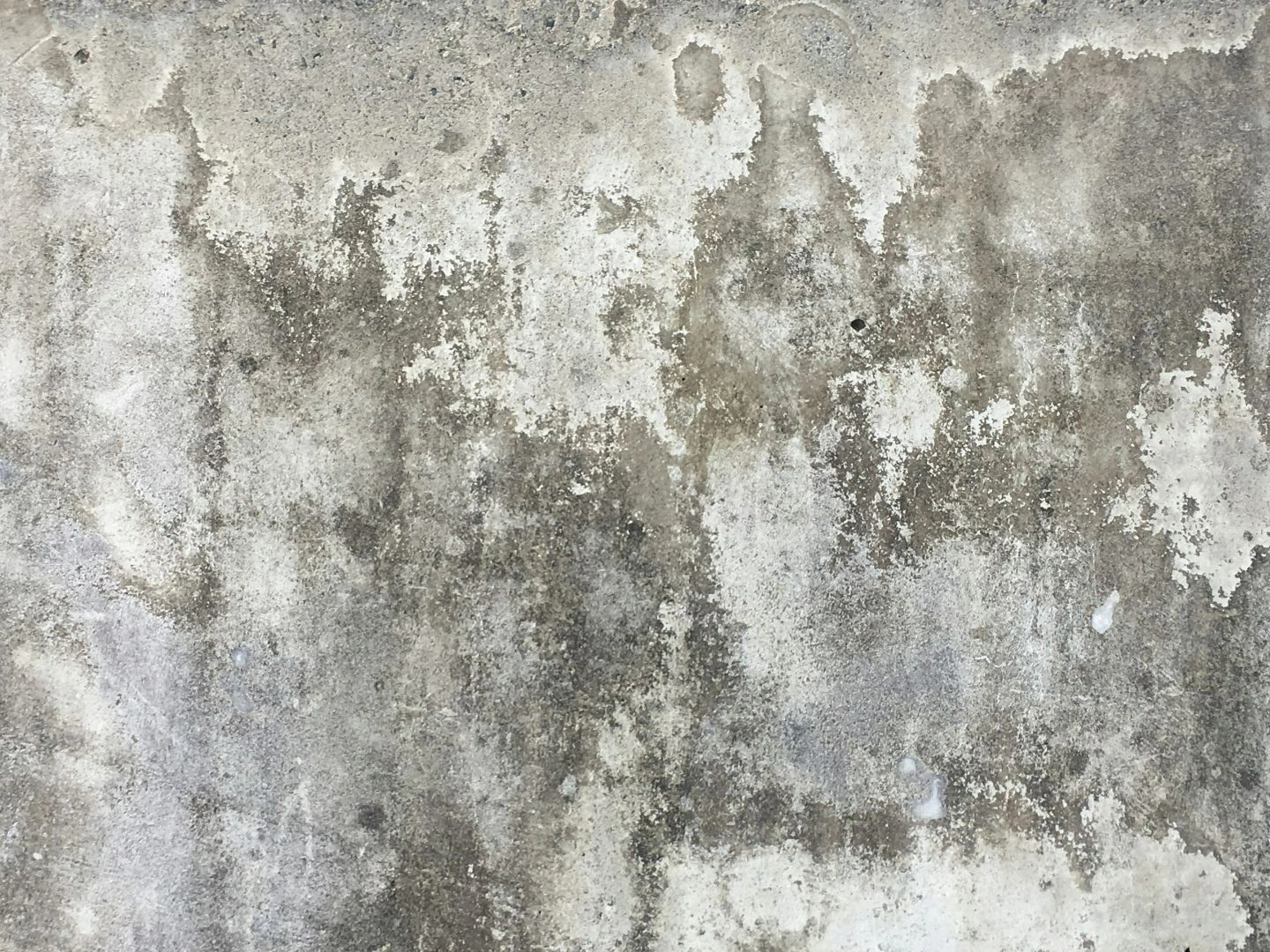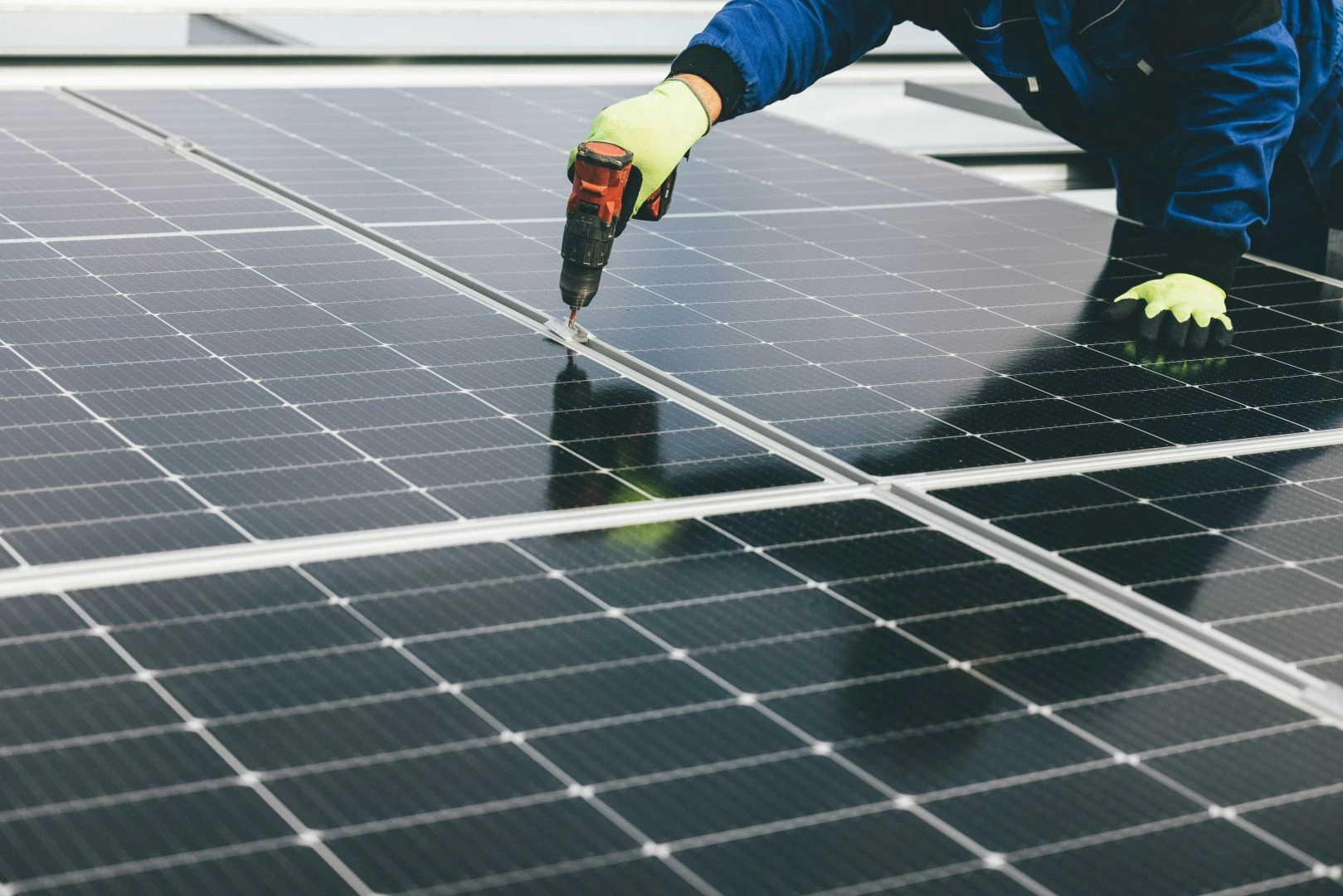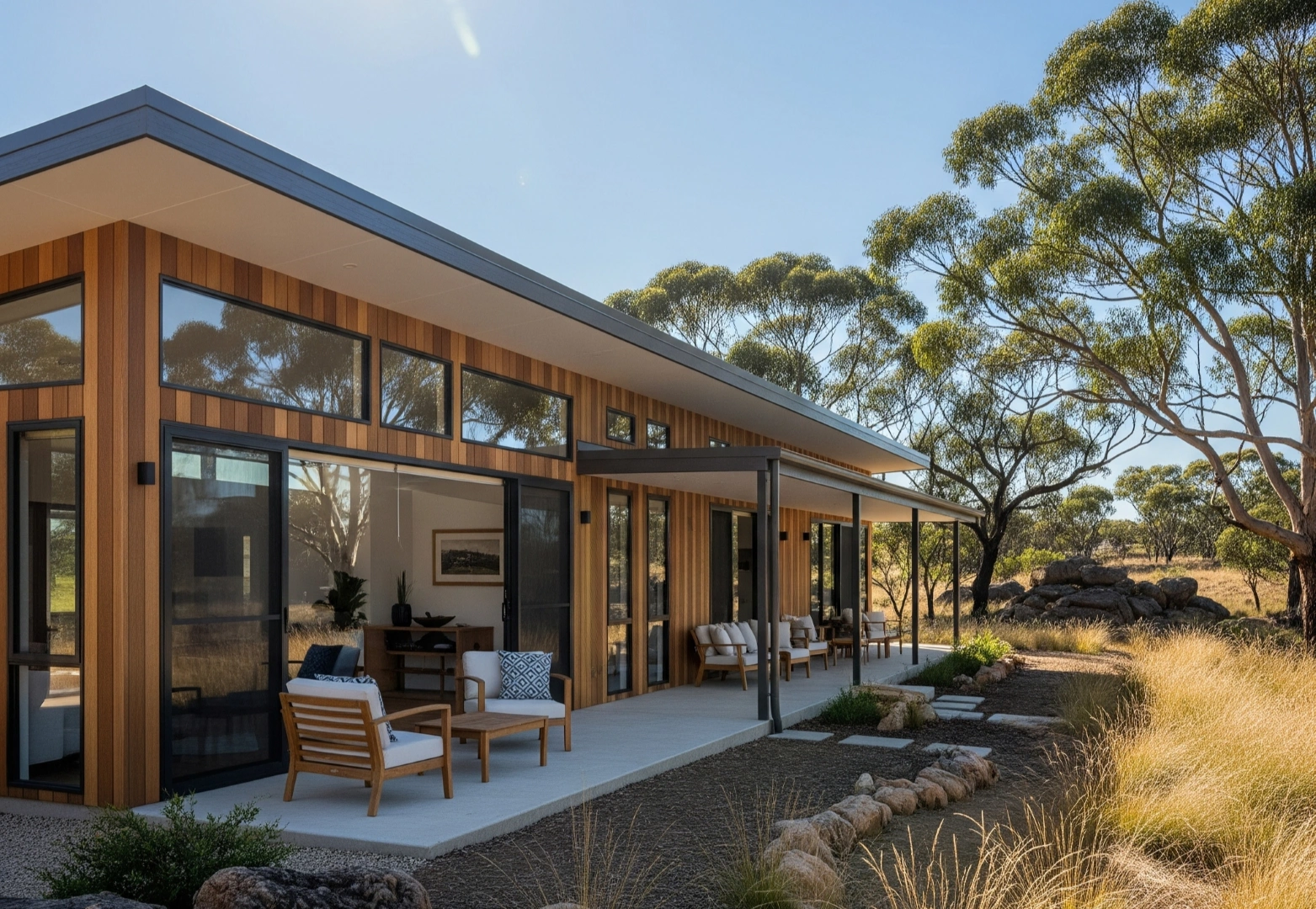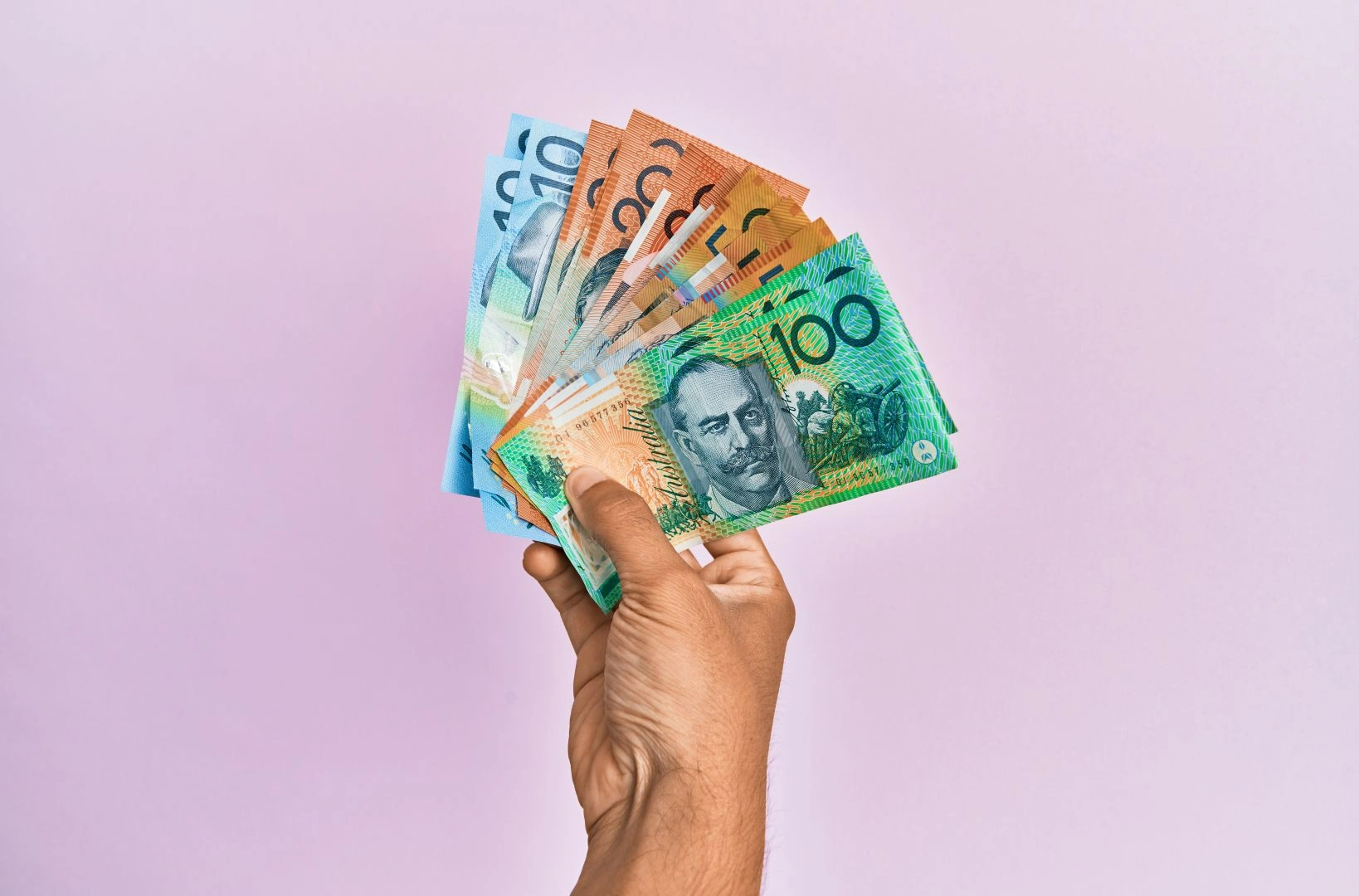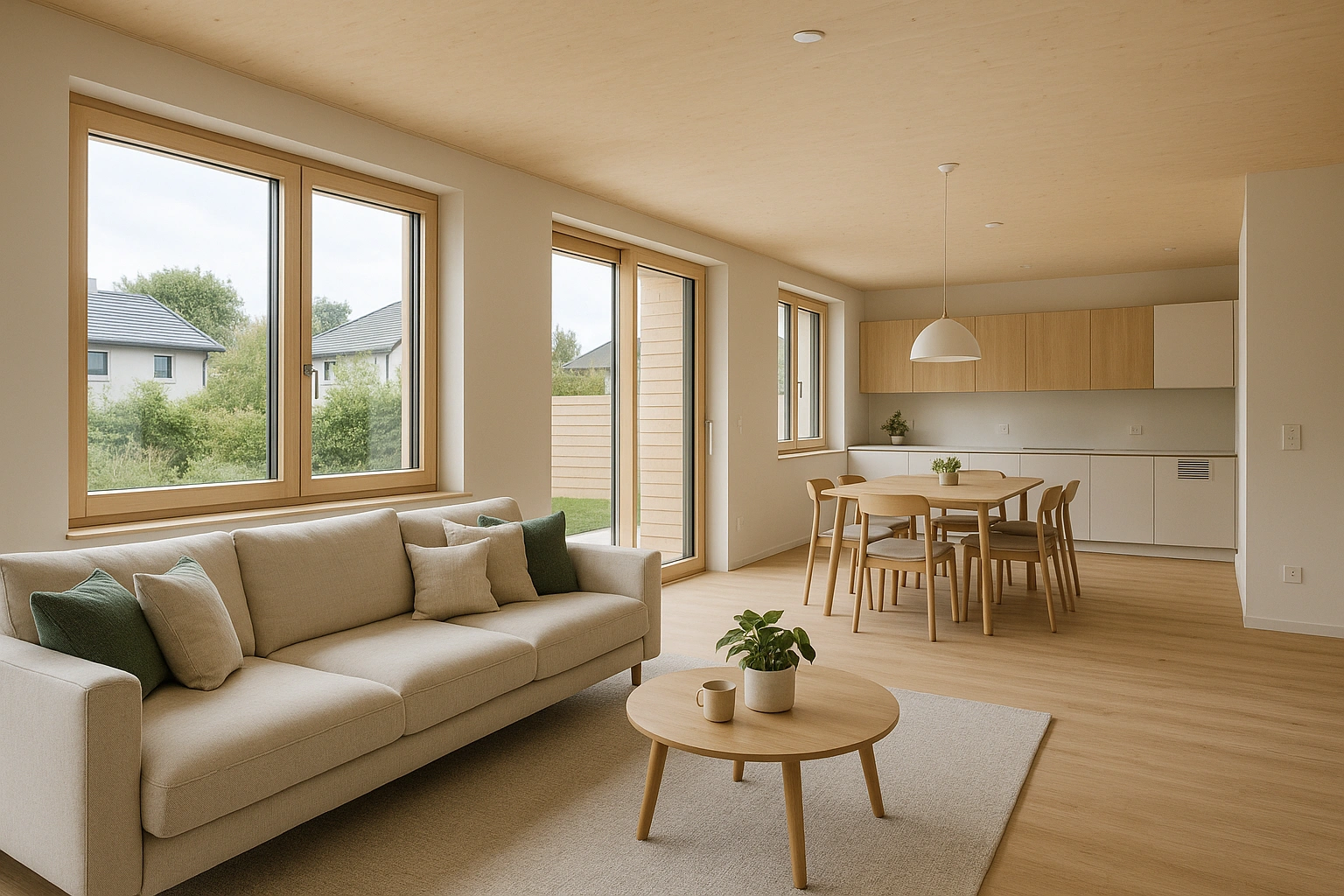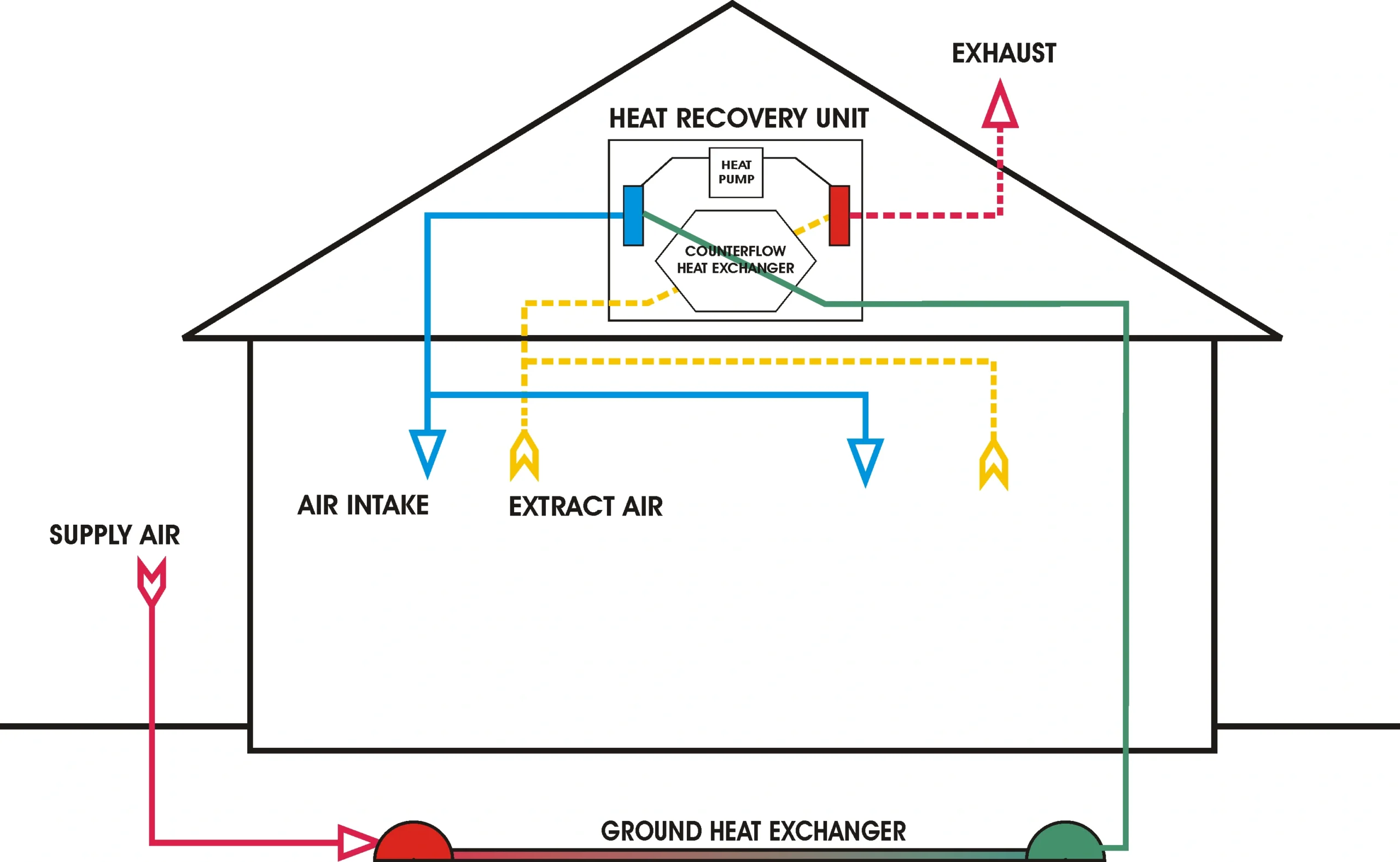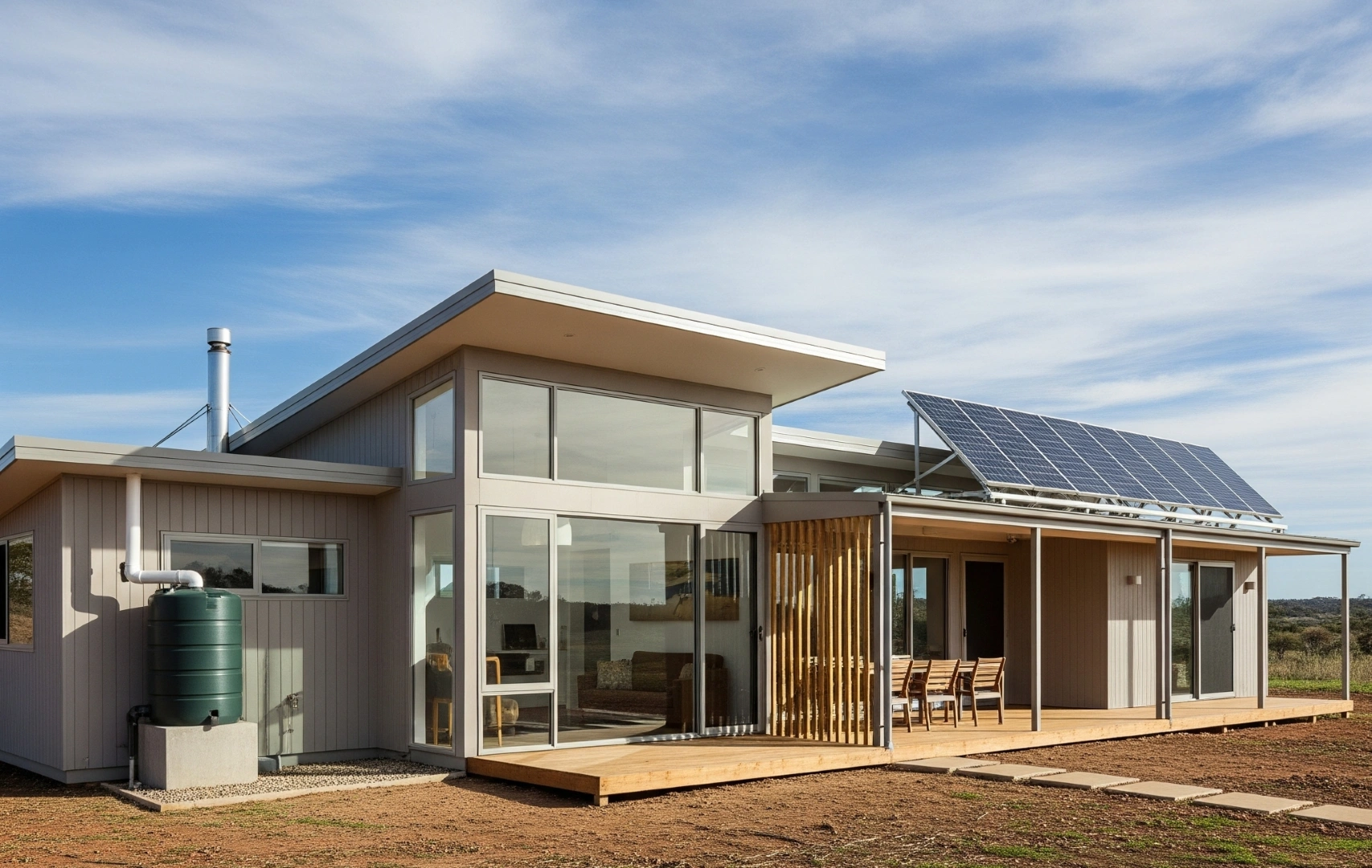Renters willing to pay more for energy-efficient homes

Energy efficiency is becoming a top priority for Australian renters – not just for sustainability, but for day-to-day affordability and comfort.
According to the PropTracks’ Renter Reality Report 2025, 34% of renters would pay more for energy-efficient features.
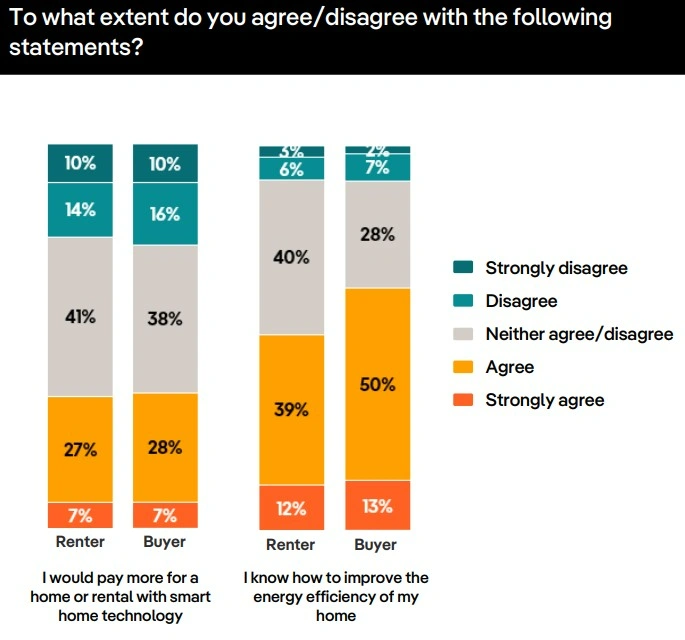
For landlords, developers and property managers, this is a market signal: homes built to passive house standards aren’t just cheaper to run, they’re also more attractive to a growing segment of energy-conscious tenants.
Passive house standards
Passive houses are designed for optimal comfort, performance and efficiency. With airtight construction, continuous insulation, high-performance windows and controlled ventilation, they maintain a stable indoor temperature year-round with minimal heating or cooling. For tenants, that means a home that feels better to live in – warm in winter, cool in summer – and cheaper to run.
Renters want homes that offer comfort year-round without the bill shock. But, the report found that 56% of renters feel they have little to no control over the energy efficiency of their home, and 38% said they are willing to sacrifice comfort in summer or winter to keep costs down.
Passive house standards, which include high-performance insulation, airtightness and ventilation to regulate indoor temperature, directly address these frustrations.
Renters are paying the price for poor performance
Despite the demand for better-performing homes, many rental properties are falling well short. One in three renters reported that their home has none of the energy-efficient features listed in the survey, such as ceiling insulation, efficient heating/cooling, solar panels or smart meters.
Poor insulation and inefficient appliances can drive up energy bills, pushing vulnerable tenants into energy hardship. With nearly half of all renters (49%) reporting financial stress due to rising housing costs, anything that helps reduce day-to-day expenses is highly valued.
While the majority of renters (59%) believe property owners should be responsible for improving energy efficiency, almost half (45%) still plan to invest in improving their home’s energy efficiency over the next five years, typically budgeting $5,000 or less for such upgrades.
Smart investors should take notice
For investors and landlords, taking the initiative to upgrade properties – ideally through comprehensive solutions like passive house standards – not only delivers more significant, lasting energy savings but also enhances the property’s overall value and appeal.
A passive home offers the dual benefit of lowering operational costs and increasing rental appeal. Ultimately, energy efficiency improvements are in the best interest of investors, as they attract higher-quality tenants, reduce vacancy rates and future-proof assets against tightening regulations.
